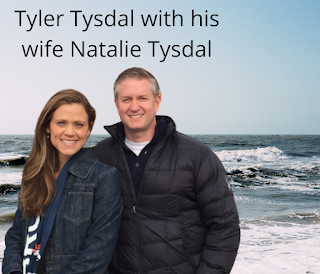To keep learning and advancing your profession, the list below resources will be useful:.
Development equity is often described as the private financial investment strategy occupying the middle ground between equity capital and conventional leveraged buyout techniques. While this might be true, the strategy has progressed into more than just an intermediate personal investing method. Growth equity is typically referred to as the private investment strategy occupying the middle ground in between venture capital and conventional leveraged buyout techniques.
This combination of elements can be engaging in any environment, and a lot more so in the latter phases of the marketplace cycle. Was this post handy? Yes, No, END NOTES (1) Source: National Center for the Middle Market. Q3 2018. (2) Source: Credit Suisse, "The Incredible Diminishing Universe of Stocks: The Causes and Repercussions of Less U.S.
Alternative financial investments are intricate, speculative investment automobiles and are not suitable for all investors. A financial investment in an alternative financial investment involves a high degree of risk and no assurance can be considered that any alternative mutual fund's investment objectives will be accomplished or that financiers will receive a return of their capital.
This market details and its importance is a viewpoint only and must not be trusted as the only essential info available. Details contained herein has actually been gotten from sources believed to be trusted, but not ensured, and i, Capital Network presumes no liability for the details supplied. This info is the home of i, Capital Network.
This financial investment method has actually assisted coin the term "Leveraged Buyout" (LBO). LBOs are the main investment technique type of most Private Equity firms.
As discussed previously, the most notorious of these deals was KKR's $31. 1 billion RJR Nabisco buyout. Although this was the largest leveraged buyout ever at the time, lots of people believed at the time that the RJR Nabisco offer represented the end of the private equity boom of the 1980s, because KKR's financial investment, nevertheless popular, was ultimately a considerable failure for the KKR investors who purchased the business.

In addition, a great deal of the cash that was raised in the boom years (2005-2007) still has yet to be used for buyouts. This Denver business broker overhang of dedicated capital avoids lots of investors from dedicating to invest in brand-new PE funds. Overall, it is estimated that PE companies handle over $2 trillion in properties worldwide today, with close to $1 trillion in dedicated capital offered to make brand-new PE investments (this capital is often called "dry powder" in the industry). .
For example, an initial investment could be seed funding for the business to start developing its operations. Later, if the company proves that it has a feasible item, it can acquire Series A financing for additional growth. A start-up business can finish several rounds of series financing prior to going public or being obtained by a monetary sponsor or tactical purchaser.
Leading LBO PE companies are defined by their big fund size; they are able to make the biggest buyouts and take on the most financial obligation. Nevertheless, LBO deals can be found in all shapes and sizes – . Total deal sizes can range from 10s of millions to tens of billions of dollars, and can happen on target business in a variety of industries and sectors.
Prior to executing a distressed buyout chance, a distressed buyout firm has to make judgments about the target business's worth, the survivability, the legal and restructuring issues that may occur (must the business's distressed possessions need to be reorganized), and whether or not the financial institutions of the target business will end up being equity http://erickcamb133.tearosediner.net/understanding-private-equity-pe-strategies holders.

The PE firm is required to invest each particular fund's capital within a duration of about 5-7 years and after that generally has another 5-7 years to sell (exit) the investments. PE firms generally use about 90% of the balance of their funds for brand-new financial investments, and reserve about 10% for capital to be used by their portfolio companies (bolt-on acquisitions, extra offered capital, and so on).
Fund 1's dedicated capital is being invested with time, and being returned to the limited partners as the portfolio business in that fund are being exited/sold. As a PE company nears the end of Fund 1, it will need to raise a new fund from brand-new and existing restricted partners to sustain its operations.